

The CCT Tool, an online searchable database providing a consolidated list of contaminant levels (e.g., tolerances, action levels, and guidance levels) that are used to evaluate potential health risks of contaminants in human foods

The CCT Tool, an online searchable database providing a consolidated list of contaminant levels (e.g., tolerances, action levels, and guidance levels) that are used to evaluate potential health risks of contaminants in human foods
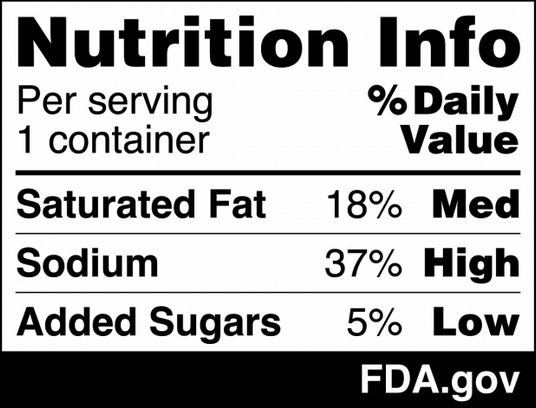
Labeling of food and dietary supplements in the United States involve several aspects and each must be approached with careful consideration. Regulatory, scientific, and business decisions need to be considered when working on labels’ mandatory elements and claims. The FDA released in December 2024 and January 2025 a few new proposed and final rules on several issues that will impact food and dietary supplement labeling.
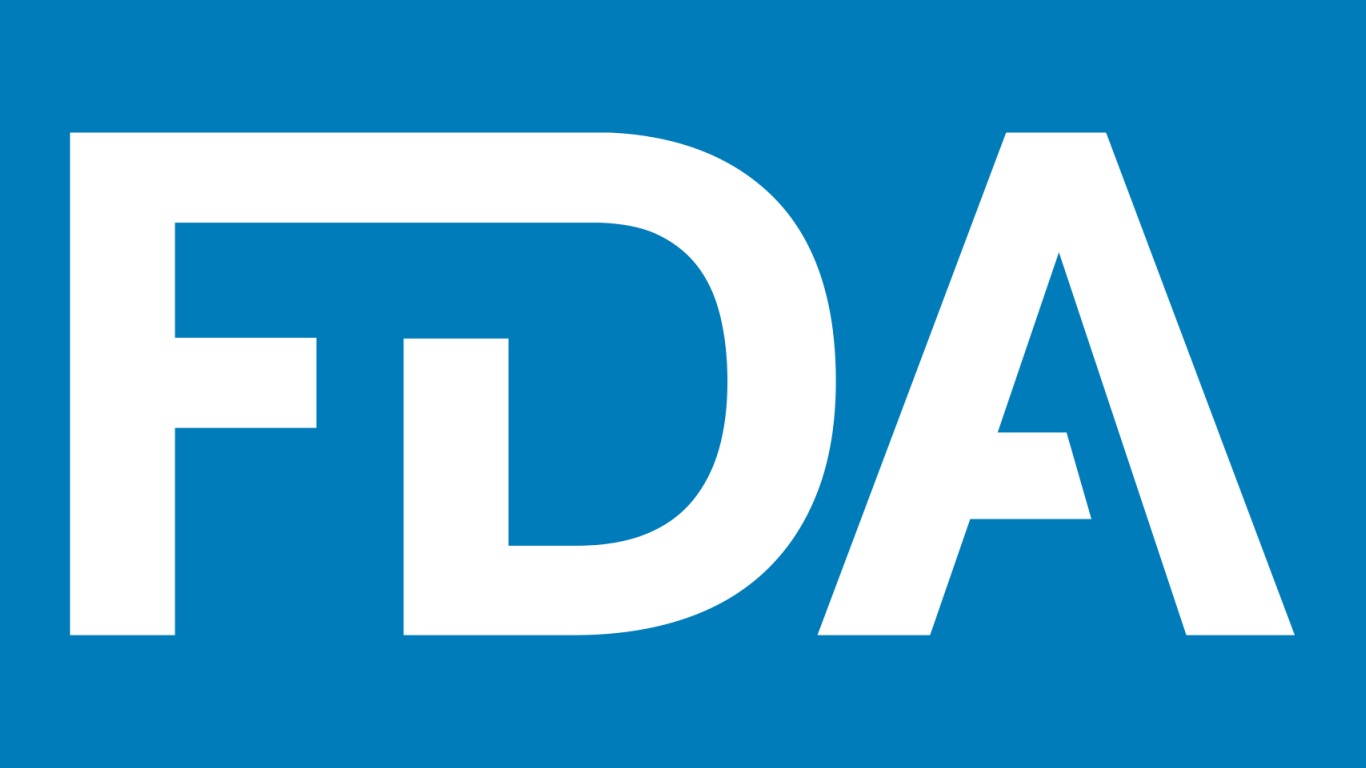
Food and beverage manufacturers who use FD&C Red No. 3 in their products will have until January 15, 2027 to reformulate their products.

The new rule establishes requirements for agricultural water assessments, and sets pre-agricultural water testing and mitigation requirements for farms.
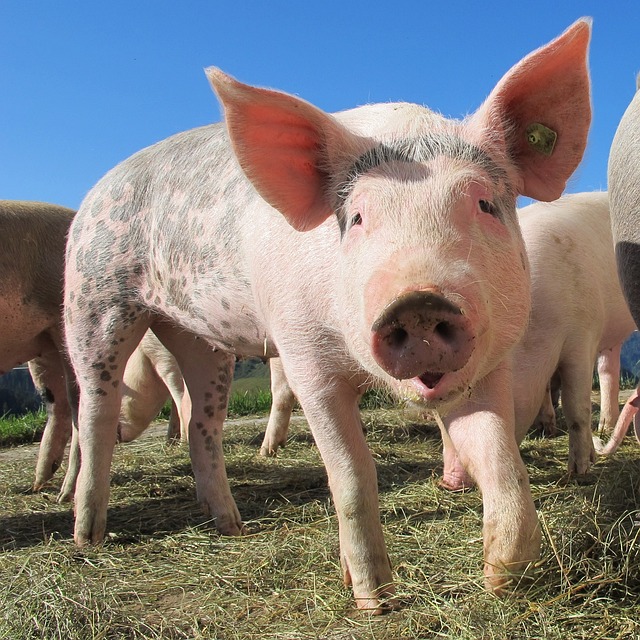
“Receiving approval from the CDFA for both meat and egg distributors in America and pig farmers in the UK allows us to provide international support to the animal products industry while increasing access to safe and traceable meat and eggs across the U.S.”

Between April 2022 and July 2023, the agency collected 107 samples of imported honey and found three samples (3%) to be violative, compared to 10% in 2021-2022.

The FDA has announced steps it is taking to address concerns about elevated lead levels in cinnamon, including a latter to industry, consumer warnings, calls for voluntary recalls and pursuit of additional authority from Congress.

Researchers from Texas A&M have developed a wax coating with nano-encapsulated essential oils that provides both immediate and delayed antibacterial effects.
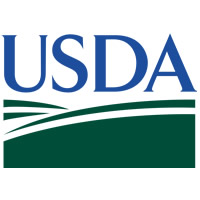
The Remote Grading Pilot for Beef allows a USDA grader to assess beef carcass characteristics and assign the official quality grade from a remote location, reducing costs and location as barriers to participation in voluntary grading services. The pilot program is part of USDA’s efforts to increase competition in agricultural markets and create a fairer playing field for small- and mid-size farmers and ranchers.
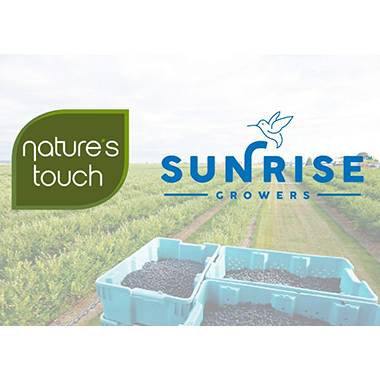
“This acquisition puts us in the unique position of providing North American consumers with the most expansive network of freezing and distribution on the continent. Together, our combined strengths will propel us to new heights, quicker and with renewed vigor.”